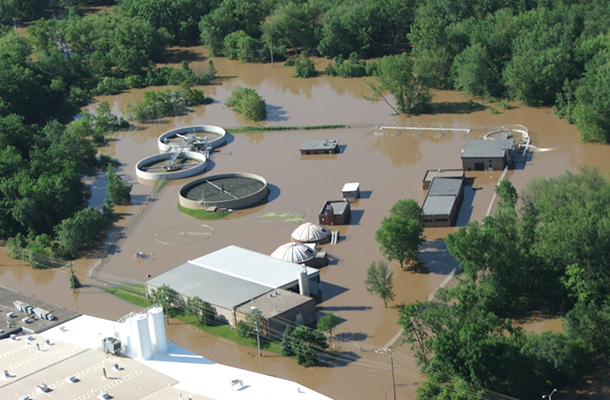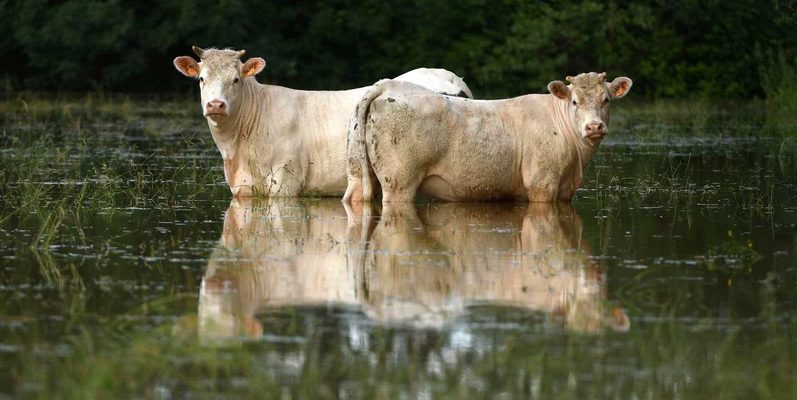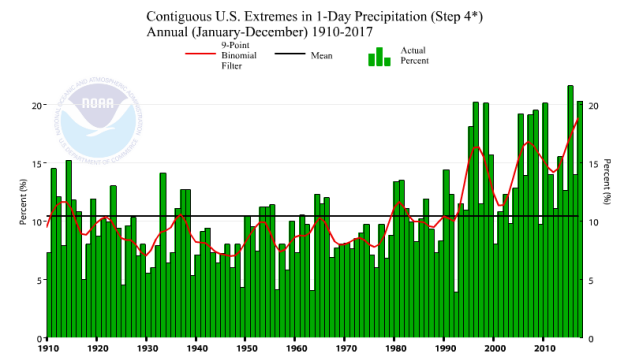Climate science
-

This week’s question from the Georgia Climate Project’s Roadmap has to deal with how coastal managers will have to make choices about coastal management. They will have to determine how to deal with the effects of climate change such as rising sea levels and increases in hurricane strength (although not necessarily frequency), changes in salinity…
-

A new paper published this week in the journal Climate and Atmospheric Science shows that trends in tornado frequency have decreased in parts of the Plains that are usually thought of as part of “Tornado Alley.” At the same time, the frequency of tornadoes in most of the Southeast has increased, especially in Alabama and…
-

This week’s question from the Georgia Climate Project Roadmap deals with how we communicate the science and potential impacts of climate change on Georgia to K-12 and college educators. It also discusses the best ways to provide appropriate information to them for use in their class curricula. Teaching children and young adults about how climate…
-

The flooding from Hurricane Florence caused a lot of different impacts around North and South Carolina, including impacts on agriculture, highways, businesses and residences, but one impact that I have not read much about is the impact on potable water supplies. Since many water treatment plants are built near rivers, deep floods can destroy them…
-

With all the flooding we have had this summer from heavy rains and tropical storms, it’s a good idea to understand why wading through floodwaters can be hazardous to your health, even if you are not in danger of drowning. Floods can cause the release of all kinds of toxic and hazardous chemicals, as witnessed…
-

Do you think the humidity has been high this year? We certainly see the impacts of high dewpoint temperatures in night-time lows, which have been much above normal this summer. Dennis Mercereau of DAMWeather has done an interesting analysis of humidity conditions in the Eastern US this year and discovered that this has been an…
-

In the latest Climate.gov blog post for “Beyond the Data”, Deke Arndt explains how increases in temperature can lead to both increases in flooding rains and in warmer overnight temperatures. As the temperature goes up, so does the humidity, and that provides fuel for torrential rains as well as keeping the evening temperatures from falling.…